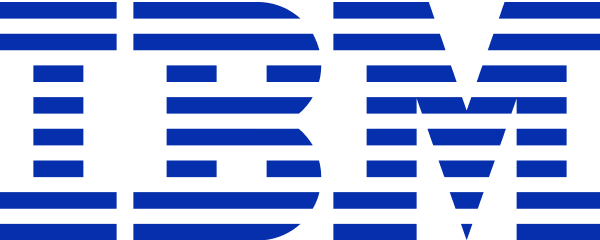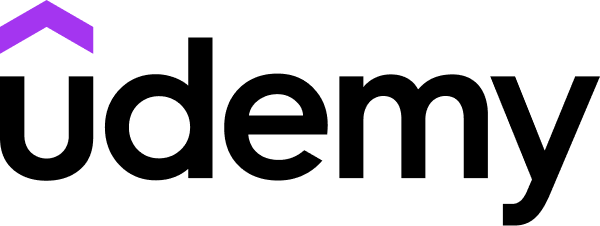Coursera
Free Online Course (Audit)
English
Paid Certificate Available
4 weeks long, 13 hours worth of material
selfpaced
Overview
Class Central Tips
This course will teach you how to leverage the power of Python to understand complicated supply chain datasets. Even if you are not familiar with supply chain fundamentals, the rich data sets that we will use as a canvas will help orient you with several Pythonic tools and best practices for exploratory data analysis (EDA). As such, though all datasets are geared towards supply chain minded professionals, the lessons are easily generalizable to other use cases.
Syllabus
- Introduction to Programming Concepts and Python Practices
- Welcome to the course! In this first module, we’ll learn about the fundamentals of programming and Python. We’ll start with basic data structures, functions, and loops and then some time becoming familiar with importing modules and libraries. Finally, we'll put our new skills to the test by optimizing a supply constraint problem using linear programming techniques.
- Digging Into Data: Common Tools for Data Science
- In this next module, we'll dive into the most common tools used for data science: Python, and Numpy. We'll start with Numpy, getting used to np arrays and their main functionality. After getting familiar with loading in data of all types, we'll learn about some basic data description and cleaning techniques. We'll also learn to work with indexes and columns in Dataframes. We'll end with an introduction to plotting and summary statistics. We will use common supply chain data sets for our explorations
- Higher Level Data Wrangling and Manipulation
- In this third module, we'll take our Pandas and Numpy skills to the next level, learning how to effectively combine and reshape data. We'll learn how to reshape data to fit with our needs through merges and pivots. This setup will help us tackle common data preprocessing steps necessary to run machine learning algorithms, such as one-hot encoding. Finally, we'll encounter the most important tools in our Pandas arsenal (Groupby-Apply-Transform) and explore its transformative functionality.
- Course 1 Final Project
- In this final project, we'll take collection of various data sets involving warehouse capacities, product demand, and freight rates to optimize cost of producing and shipping products.
Taught by
Rajvir Dua and Neelesh Tiruviluamala




